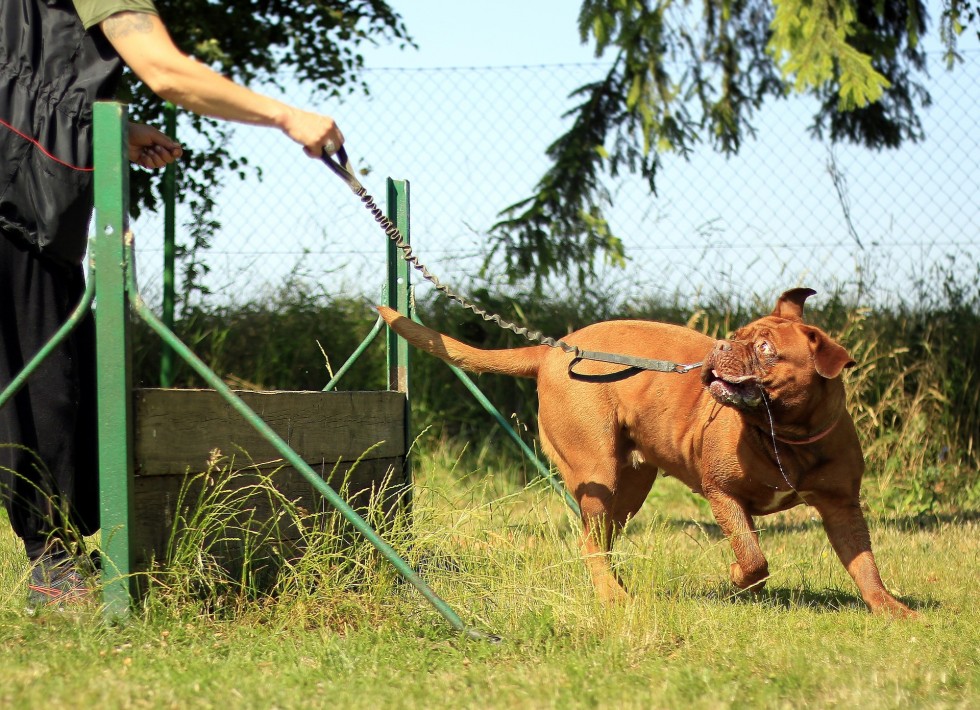The most challenging task is to train your pet to remain calm when you meet new people or other pets. When company comes over, your pet might lose control. Most pets react aggressively in the presence of strangers. Sometimes your pet might be over excited resulting from anxiety. This overexcitement can amount to aggression.
The following are tips that can be helpful to make your pet always to remain calm
Ignore overreactions
If you have a pet that is excited around guests, train it to ignore. To achieve this, you can practice with a friend. Your friend acts like a stranger. If it is a dog, when it starts jumping or barking, both of you should ignore its behavior. If you scold or pull it back, your attention will not be a good one. Instead, wait for it to calm down. When it has calmed down, your friend should give it a treat. This teaches it that it can only get treats when it is calm. Repeat the exercise with different people.
Avoid the park
For starters, until your pet is fully trained, avoid the park. This might seem unreasonable, but a pet needs socialization. The park is one of the worst places for a pet that has no impulse control. Also, some pets might be running loose, making it impossible for you to prevent them from greeting your pet. Therefore, stay away from the park until you have had enough time to socialize with your pet.
Shift its attention elsewhere
It is necessary to carry treats when you are out and about. When you spot another pet or person, throw them out to draw her attention away. Alternatively, use the focus command so that it can turn your attention to you then give her a treat. If your pet treats motivated, this trick can do wonders. However, ensure that you only buy what is the best dog food for small dogs at reputable food stores.
Use commands
Occasionally, obedience training can be helpful when you want to keep your pet calm around strangers. Some of the commands that you need include “stay down” and “sit.” Practice these commands when there are no visitors until when you are sure your pet responds no matter what. You can then invite a friend. If the pet starts to overreact, use the commands to direct him. Repeat this exercise with other friends until the dog is comfortable with meeting new people.
Learn to calm down
If you are nervous about the behavior of your pet when it meets strangers, the pet can undoubtedly feel your anxiety. The pet can also sense fear from people. Therefore, try to keep your cool. Getting angry at the people who make your pet to be overexcited is not advisable. You are likely to ruin the training you have done. Learn to control the situation and remain calm.
Speak up
It is effortless for strangers to ruin your hard work. They might make the pet feel like it is okay to jump on people to greet them. Explain to them that you are training the pet. Explain to your guests how to act around your pet. Tell them things like no jumping and no food until you permit them.
Train your pet at home
A pet’s behavior is caused by what it has learned from the owner. We tend to teach them bad habits without realizing. If you allow your pet to jump at home, you are showing her that it is okay to jump around strangers. You can train your pet to be calm by using crate training. Put your pet in a cage; then it gets too excited around strangers. This allows your pet to be gentle.
Learn to retreat
When your pet is overexcited, do not allow it to continue to pull. Walk away with your pet from the distraction, far enough that it can calm down. This can be helpful when you are using commands, but the pet is not responding. This will help it to focus once more on the task at hand.

Generally, training a pet to be calm around strangers requires patience and a lot of practice. The effort is worth it because your pet will be calm around new friends. The tips can come in handy if you want your pet to keep its cool and behave.
Photo credit by pixabay.com




